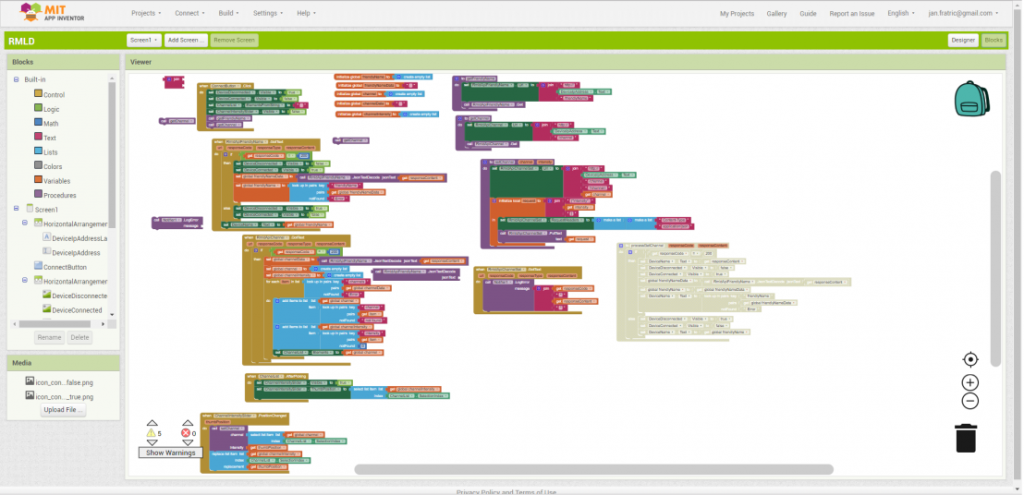There seems to be a problem with availability of the ESP8266 module we have chosen. We want to use the ESP-7, but no one seems to be able to have it.
There are questions about the possible use of ESP-12, but the problem is, that the ESP-12 does not have an antenna connector. We plan on using an external antenna connected with an IPEX connector.
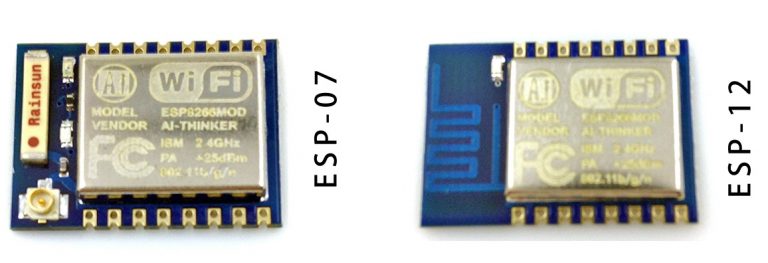
Out of 15 contacted companies, we have received offers from 5. Very welcome surprise is the 2nd place in terms of overall price from company from Slovakia 🙂
We are discussing excruciating details about the HW design with Dale & his team. Most of the time I have no clue what the discussion is about, but JT and Dale seem to have a good time.
We have decided to use Tag Connect on our PCB – it is a special cable connector that is used for programing the PCB while the device is in production.
We had an amazing session of mobile application programing. We have decided to use Ionic, a javascript framework that enables to create application both for iOS and Android. Sorry MS 🙂
We have restarted the project from the HW point of view. I have ordered the delivery of design of the PCB and all schematics for the device with the addition of the electronics for 2 sensors:
We are starting to look at the possible sensors to add to the device.
We know the temperature sensor we want to use and now we are looking at the SQ-520 PAR sensor from Apogee.
This is an amazing piece of equipment, which will allow us to
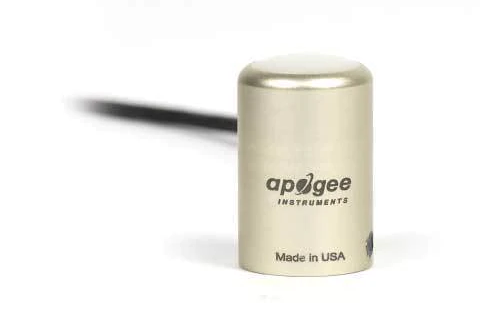
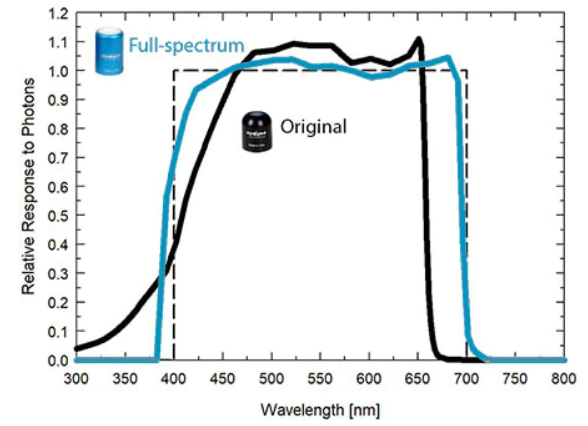
It is capable of measuring the exact number of photons of the wavelength required for photosynthesis that enter its measurement area.
This sounds like pure science fiction and we will have it in our device!!!
I have contacted the representative of Apogee Instruments to order a sample of the sensor.
We have ordered another set of components for next version of prototype based on WEMOS D1 board.
I have got an amazing present for my birthday from Johny.
This is sooooo amazing. Look at this.
http://test-rmld3.at.wezeo.com/
The last iteration is just unbelievable. Johny spent some ours to program the movement of the school. Wow. This is the most awesome design I can imagine for the app. It made any and all of my imaginations pale in comparison. I am soo glad 🙂
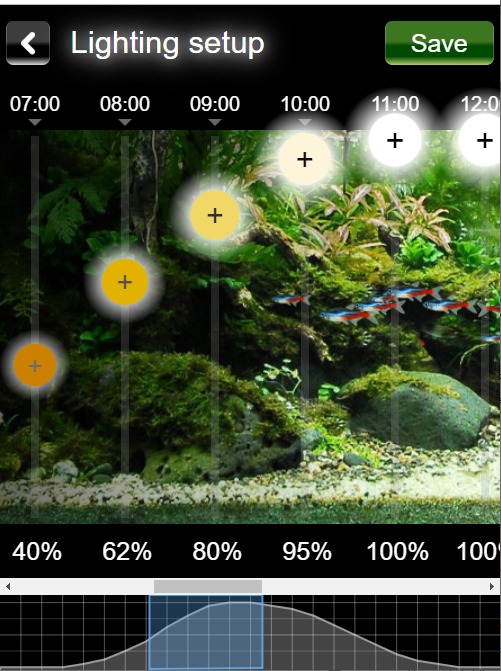
The prototype parts have arrived and JT has made a new prototype, which has all the defined functionality. This is a great step forward from the breadboard original prototype.
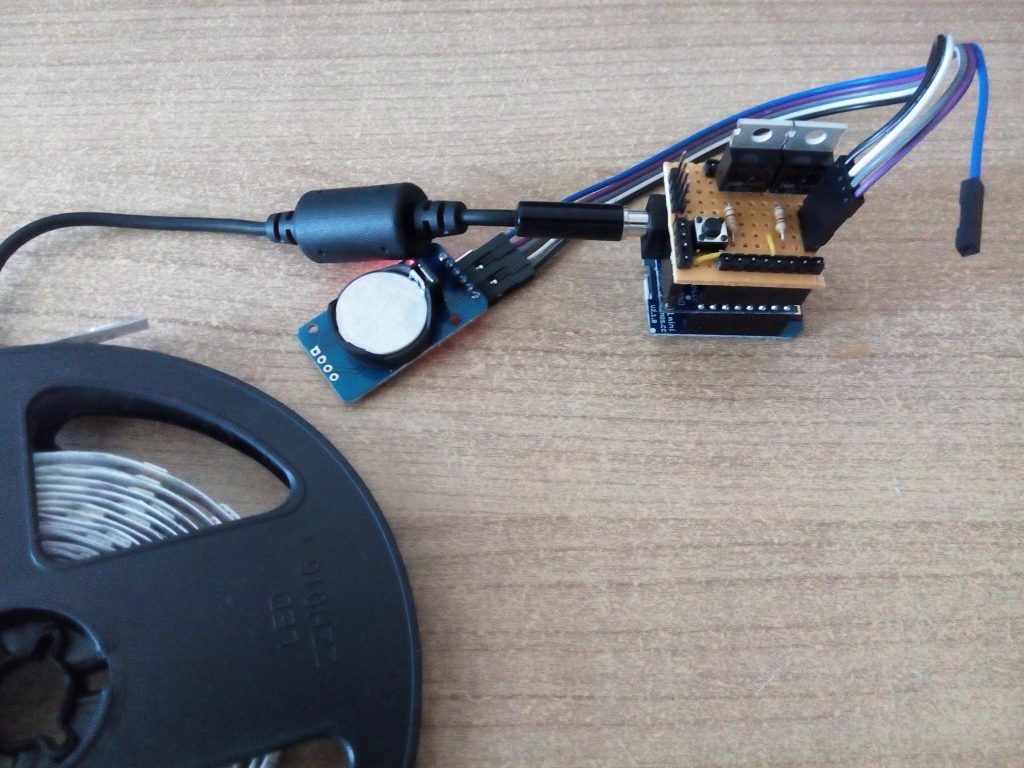

The prototype is able to work with 12V or 24V lamps. It has all the electronics required to manage the real aquarium LEDs. Out of caution, we are testing it yet only with cheap LED strips, I don’t want to risk my quite expensive aquarium LED lights.
We also have some progress on the mobile application front. I am creating the application prototype in the MIT APP INVENTOR. Unfortunately, my friends who were supposed to create the application really did not have enough time to dedicate to the project. We will have to find a way to solve this soon.
Just a short notice, that we all are very busy with our daily jobs and we haven’t had really enough time for the project. We have ordered some modules so JT can construct a new prototype.
I haven’t posted in a long time. We’ve been busy with detailed work on the project, just as short summary of the past accomplishments:
JT amazed me today with a sample mobile application made in MIT APP INVENTOR 2. It is a very cool framework for building applications (works only on Android though). It is very simple to learn and use but capable of quite serious functions. JT managed to create an app, which actually connects to the device prototype and is able to manage it via rest APIs.
